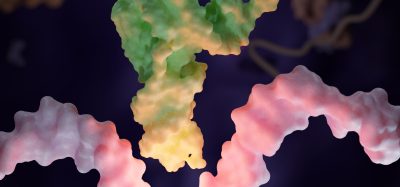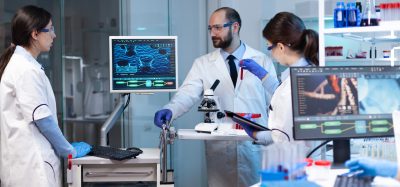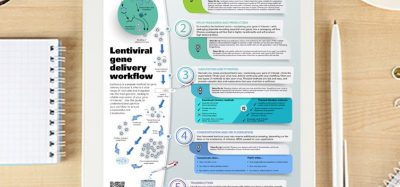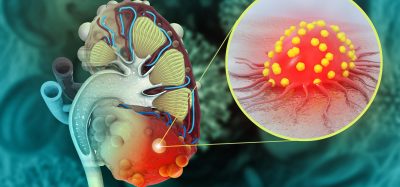Step forward in gene therapy to treat cause of sudden cardiac arrest
Posted: 20 March 2023 | Ria Kakkad (Drug Target Review) | No comments yet
Using gene therapy, the researchers corrected abnormal heart rhythms by restoring a protein that heart cells need to establish connections with one another.


Scientists from University of Utah Health, US, have corrected abnormal heart rhythms in mice by restoring healthy levels of a protein that heart cells need to establish connections with one another. That protein, GJA1-20k, is underproduced in people with a genetic condition called arrhythmogenic cardiomyopathy, one of the leading causes of sudden cardiac arrest in athletes under the age of 35.
The finding, reported in the journal Circulation Research, suggests a new strategy for treating the abnormal heart rhythms caused by arrhythmogenic cardiomyopathy. The results may also have implications for treating dangerous arrhythmias associated with more common conditions, such as those that can develop soon after a heart attack.
“This is really a new paradigm for the treatment of heart rhythm disorders,” said first author Dr Joseph Palatinus.
People with arrhythmogenic cardiomyopathy are born with normal hearts but begin to develop an irregular heartbeat in their 20s or 30s. These arrhythmias can raise the heart rate to dangerous levels and explain why some individuals with the condition experience sudden cardiac arrest during exercise.
Patients diagnosed with arrhythmogenic cardiomyopathy are advised to restrict exercise. They may also benefit from an implantable defibrillator to control their heartbeat. As the disease progresses, the heart muscle becomes fatty and fibrotic. This prevents the heart from pumping blood efficiently, and eventually patients need a heart transplant.
The team studied heart tissue from patients with arrhythmogenic cardiomyopathy who underwent transplant and discovered a problem with a protein called Connexin 43. In healthy hearts, Connexin 43 forms channels between adjacent cells, facilitating communication. The diseased hearts made normal amounts of Connexin 43, but it was not at the edges of cells where it belonged.
This, the team determined, was likely because there was not enough of a trafficking protein, called GJA1-20ka. The researchers knew from previous experiments that without it, the heart’s cells would not be able to get Connexin 43 to the right place.
To determine if they could restore the heart’s normal rhythm, the scientists turned to mice that have similarities to people with arrhythmogenic cardiomyopathy. They both have low levels of GJA1-20k and develop arrhythmias. Palatinus and colleagues used low doses of gene therapy to bring the trafficking protein GJA1-20k back to normal levels. This, they confirmed, enabled heart muscle cells to transport Connexin 43 to its proper locations.
Most importantly, it gave the animals a more normal heartbeat. “The ease and low dose needed to fix the arrhythmias of even an inherited heart disease suggests that we have identified a critical pathway to stabilize cardiac electrical activity,” said lead author Dr Robin Shaw.
Although arrhythmia improved, the animals still had heart scarring, a symptom from a different underlying condition. Palatinus noted that was an encouraging result. It suggests arrhythmia and heart scarring can occur independently and that it could be possible to treat abnormal heart rhythms even when the heart is severely scarred.
The treatment success in mice suggests that raising levels of GJA1-20k might restore normal heart rhythms in patients with arrhythmogenic cardiomyopathy, too. For patients, Palatinus says, it might be possible to deliver the therapeutic protein directly to the heart. Further research will be needed to develop the treatment for clinical use.
Disruptions in protein trafficking are thought to contribute to arrhythmias beyond those caused by arrhythmogenic cardiomyopathy, and the researchers are optimistic that a similar treatment strategy might be useful for those conditions, too. If so, that could one day give patients and their doctors an alternative to the ion channel-blocking drugs currently used to treat many arrhythmias, which can slow the heart and even lead to new rhythm problems for some patients.
Related topics
Gene Therapy, Genetic Analysis, Protein
Related conditions
arrhythmogenic cardiomyopathy (ACM), Heart disease, heart rhythm disorders
Related organisations
University of Utah Health
Related people
Dr Joseph Palatinus, Dr Robin Shaw








